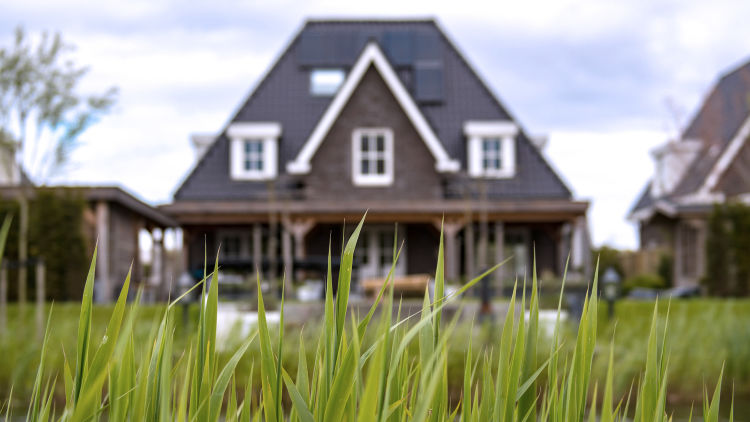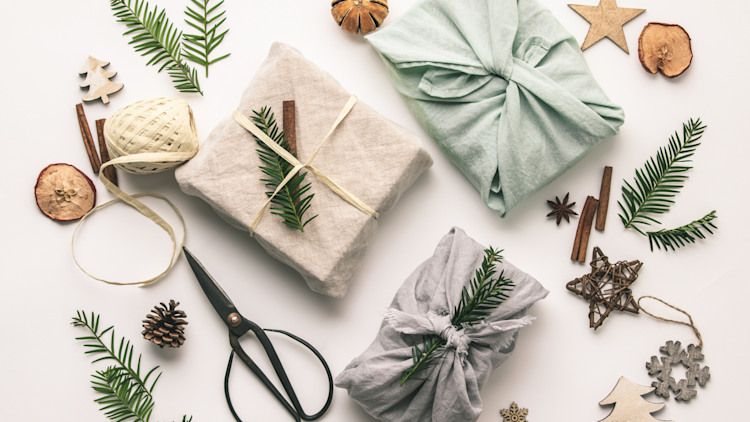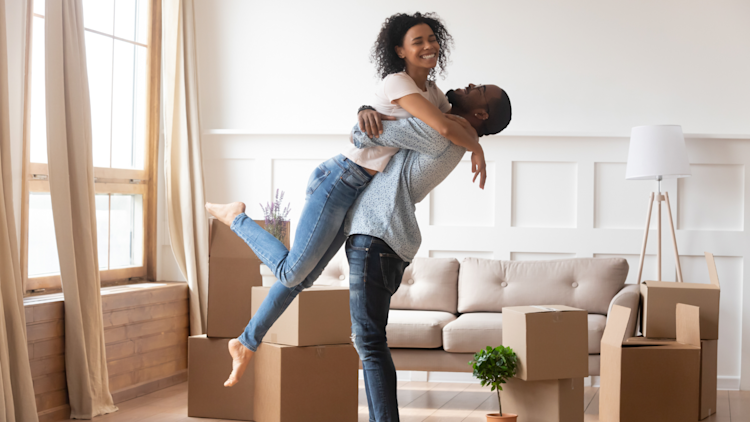Are Tiny Homes a Sustainable Solution?
Tiny homes are gaining popularity due to their sustainability and affordability.
by ecobee on 11/03/2023 in Home & Design
6 min read

Finding an affordable home in the current market conditions can be challenging. With the average house going for over $400,000 USD in the United-States1 or $650,000 CAD in Canada2, many have been left living paycheck to paycheck to afford their steep mortgage rates.
A recent trend in tiny homes could be the solution many home buyers have been looking for. Whether you are a someone trying to reduce your environmental footprint or simply someone looking for a more affordable way to live, a tiny home might just suit you.
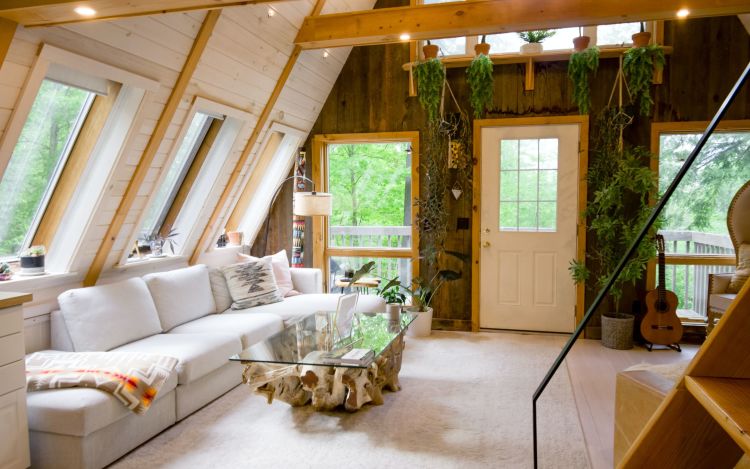
1. What is a tiny home?
A tiny home is exactly how it sounds — just like any other house yet sized down as low as 60 square feet, all the way up to 500 square feet. For comparison, the size of an average house in North America is 2,400 square feet.3
While the square footage may be small, tiny homes can offer a lot. A tiny house on a foundation supplies all the amenities that a normal house does but is meant for people who do not need as much space.
For those who are more adventurous, they can have a mobile home on wheels, with the ability to go wherever their heart desires. Some people have even been creative enough to turn an old school bus into a tiny home.
2. How does a tiny home compare to a regular home?
The obvious difference between regular and tiny homes, besides their difference in size, is their price. Tiny homes tend to cost on average $50,000 USD4, compared to the several hundred thousand needed for the average sized home. Typically, a tiny house will use 3-4kW of power per day5, while a normal sized house takes an average of 26-33kW to power.6 This is due to their smaller appliances being more efficient and causing less strain on the heating and cooling systems. With only a 3-4kW energy demand, utilities can be fully covered by solar power generation.
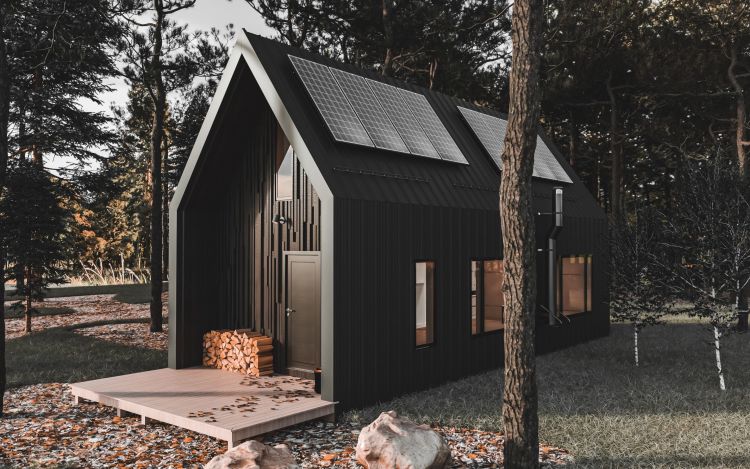
3. What are tiny home essentials?
Proper ventilation and insulation are key to having the safest, and most energy efficient tiny home. Some key items that we recommend you add to your tiny home are:
Energy efficient appliances
Depending on the type and number of appliances that you have, you can save between 20-50%7 by getting energy efficient appliances. While these appliances may have a higher cost to purchase in the short term, overtime you will end up saving money based on the sheer energy savings.
Energy efficient windows
Not only do energy efficient windows help you save on the energy bill, but they also offer an extra level of comfort into your home. By having these windows, you will eliminate any cool drafts in the winter, or heat seeping inside in the summer. This will help you maintain a comfortable temperature in your house, and will allow you to rely less on having to heat or cool your home.
Generac battery generator
The GB1000 Portable Power Station can be an excellent choice for powering the appliances in your tiny home. It can power a fridge for 7 hours or a TV for 16 hours. It is compact, yet powerful and portable, making it an excellent fit in the limited amount of space you might have in your tiny home. Not only will it fit perfectly inside your home, but it can also run both inside and out since it is fully electric. With a plethora of adaptors and ports, you can power just about any appliance or electronic device.
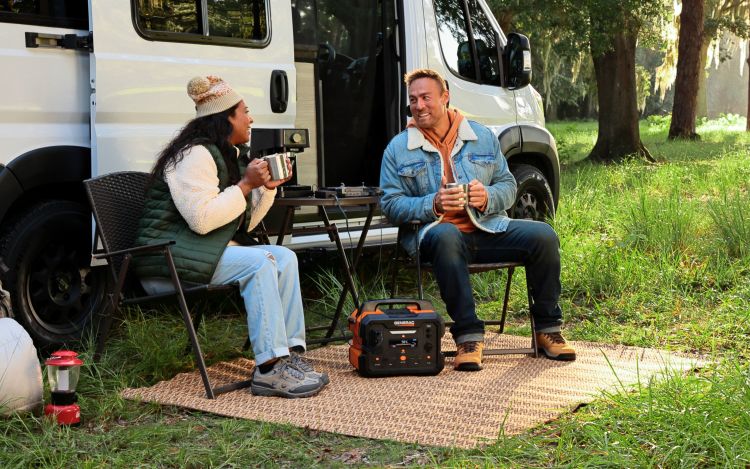
Solar panels (GS100)
The GS100 solar panel pairs perfectly with the GB1000 Portable Power Station. By having both the solar panel and generator will ensure that you always have power available, even during system maintenances or black outs. The portability of these devices means that if you have a mobile tiny home, you have the freedom to go wherever you want, and still have power.
A clothesline
Living in a tiny home means that you must compromise a bit of space, and washers and dryers take up a lot of space. While most tiny homes still have a laundry room even with the limited space in their house, air drying clothes with a clothesline will help you save on space, and will reduce your carbon footprint.
Composting toilet
Incorporating a composting toilet into your tiny home can serve you many benefits. In the name of saving space, these toilets are very compact and require less room than traditional flush toilets. They are perfect for off-grid tiny homes, or tiny homes on the go. In the longer-term they require less maintenance and no utility cost which means you will be saving even more on your tiny home.
ecobee smart thermostat
If your tiny home also has a furnace or air conditioning, investing in an award-winning ecobee thermostat can help you save up to 26% on annual heating and cooling costs.8
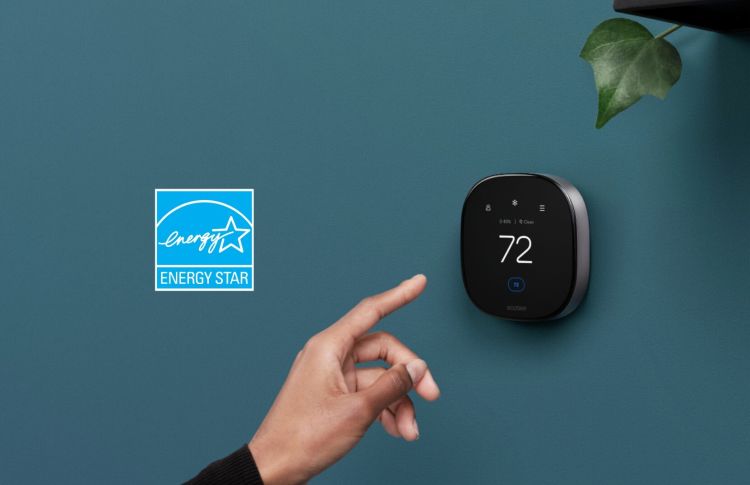
4. How are tiny homes better for the environment?
While there is almost no house that will be perfectly environmentally net positive, tiny homes have been known to be drastically more environmentally friendly than regular ones. Not only do they consume less energy, but they also use less equipment and materials to make, take up less land, and are generally more energy efficient. In addition, living in a tiny home coincides with a minimalist lifestyle, and as a general rule of thumb, living with less “stuff” can drastically reduce your carbon footprint.
Whether you are a first-time home buyer, looking for a cottage, or simply looking to downsize, tiny homes can be made for all types of people in all types of places. They are an affordable and ecofriendly lifestyle choice.
At ecobee, we design intelligent, trustworthy, and quality solutions for your home. It’s all part of our larger commitment to improving everyday life while creating a more sustainable world.
If you’d like to learn more about ecobee products and services like our smart thermostats, cameras, sensors, and robust home security system, you can visit our website. To find out how you can make the most of ecobee thermostat smart features, visit the eco+ page.
1 The Ascent, Average House Price by State in 2023
2 Wowa, Canadian Housing Market News
3 Darrin Qualman, Home grown: 67 years of US and Canadian house size data
4 Forbes, How Much Does A Tiny House Cost?
5 Jackery, Solar Powered Tiny House: Can Solar Generator Run A Tiny House
6 Anker, Electricity Usage: How Much Energy Does an Average House Use
7 Mr. Appliance, Do ENERGY STAR Appliances Really Save Money?
8 Compared to a hold of 72°F/22°C
Did you enjoy this article?
Thanks for letting us know!


